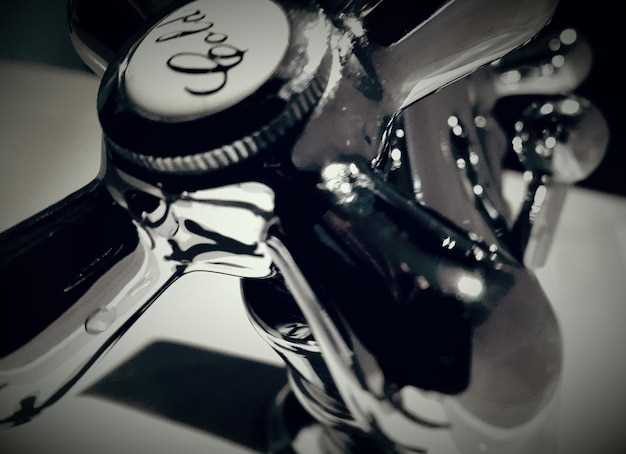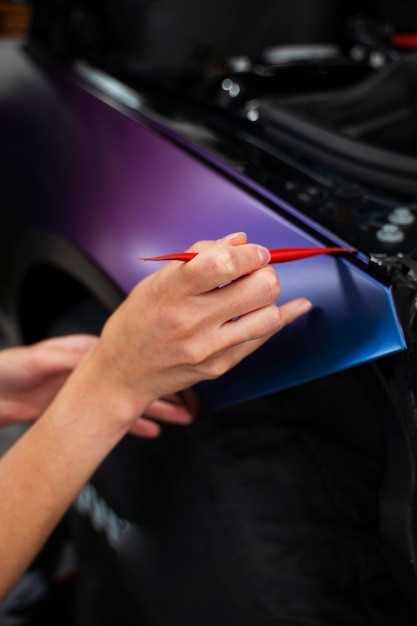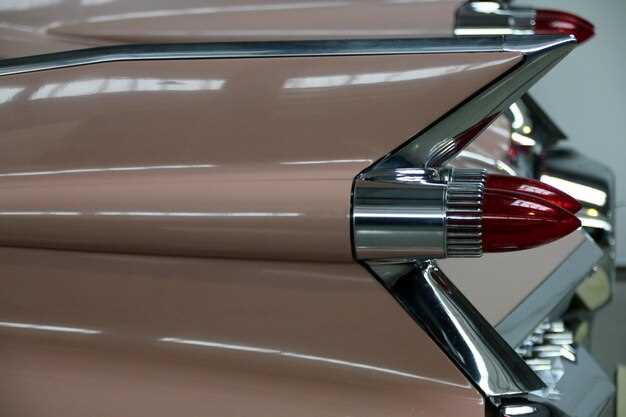
Owning a classic car is often a labor of love, where every detail counts in preserving its beauty and integrity. One method that has gained popularity among vintage car enthusiasts is the application of ceramic coatings. These advanced protective coatings promise to enhance the longevity of the paint while providing a glossy finish that is hard to resist. However, as with any car care solution, there are both advantages and disadvantages to consider before making the investment.
On the plus side, ceramic coatings are renowned for their durability. They can create a protective layer that shields the classic car’s paint from UV rays, chemical stains, and environmental contaminants. This means less time spent on maintenance and more time enjoying the timeless appeal of a vintage automobile. Additionally, the hydrophobic properties of ceramic coatings make it easier for water to bead and roll off, reducing the accumulation of dirt and grime.
However, it’s essential to weigh these benefits against certain drawbacks. The initial cost of applying a high-quality ceramic coating can be significant, potentially leading some classic car owners to question its overall value. Furthermore, the application process requires meticulous attention to detail, as improper installation can lead to undesirable results, such as swirl marks or uneven coverage. Understanding both the pros and cons of ceramic coatings can help vintage car owners make informed decisions in their quest to preserve automotive history.
Durability of Ceramic Coating on Classic Paint Finishes

Ceramic coating offers significant benefits when applied to classic paint finishes, enhancing their durability and protecting them from environmental elements. This advanced technology creates a robust layer over the paint, which helps resist scratches, UV damage, and oxidation. The ceramic particles in the coating bond with the paint, forming a protective shield that can last for several years, depending on the application quality and environmental conditions.
One of the key advantages of using ceramic coating on vintage cars is its ability to withstand harsh weather conditions. Classic vehicles often face exposure to sunlight, rain, and pollutants, which can degrade the paint over time. The hydrophobic properties of ceramic coatings repel water, preventing water spots and reducing the risk of corrosion. This characteristic is particularly beneficial for vintage cars that may not have the same level of modern paint protection as contemporary models.
Moreover, the durability of ceramic coatings means that they require less frequent reapplication compared to traditional wax or sealants. This can be a considerable advantage for classic car enthusiasts who want to maintain their vehicles with minimal upkeep. The longevity of the coating contributes to preserving the timeless appearance of classic paint finishes, ensuring that they retain their shine and depth for years to come.
However, it is essential to note that while ceramic coatings provide superior protection, they are not entirely impervious to damage. Factors such as improper application, extreme physical impact, or neglect can still lead to degradation. Regular maintenance and care are necessary to maximize the lifespan of the coating and the underlying paint. Overall, investing in ceramic coating is a sound choice for vintage car owners looking to enhance and protect their classic paint finishes effectively.
Impact of Ceramic Coating on Resale Value of Vintage Vehicles
Applying a ceramic coating to vintage cars can significantly affect their resale value. This modern technology enhances the appearance of classic vehicles while providing long-lasting protection against environmental factors. Classic car enthusiasts appreciate the aesthetic appeal of a well-maintained exterior, which can be preserved through the use of ceramic coatings.
One of the primary benefits of ceramic coating is its durability. Unlike traditional wax or sealants, a ceramic coating forms a chemical bond with the paint, offering superior resistance to scratches, UV rays, and chemical stains. As a result, vehicles with such coatings often maintain their original luster and color for longer periods, making them more attractive to potential buyers. When it comes time to sell, a classic car in pristine condition can command a higher price in the market.
Additionally, the ease of maintenance provided by ceramic coatings can positively influence buyers’ perceptions. Vintage car owners often seek products that reduce the time and effort needed for upkeep. The hydrophobic properties of ceramic coatings mean that dirt and grime are less likely to adhere to the surface, simplifying the cleaning process. This convenience can be a selling point, enhancing the resale value of the vehicle.
However, it is also essential to consider the initial investment involved in applying ceramic coatings. While they can protect the car and increase its resale value, the upfront cost might deter some owners. Buyers in the vintage car market may be looking for ways to preserve their investment, making this added expense justifiable in the long run.
Ultimately, the impact of ceramic coating on the resale value of vintage vehicles is largely positive. By protecting the paint and improving the car’s visual appeal, ceramic coatings can help owners not only maintain their beloved classic cars but also boost their market value when the time comes to sell.
Maintenance Requirements for Ceramic Coated Classic Cars

Ceramic coating is increasingly popular among classic car enthusiasts due to its protective properties and enhanced appearance. However, maintaining a ceramic coated classic car requires specific care to maximize the benefits of the coating.
First and foremost, regular washing is essential. While ceramic coatings provide a hydrophobic surface that repels water and dirt, they still require periodic cleaning to prevent contaminants from bonding to the surface. It is recommended to use a pH-neutral car shampoo and a soft microfiber wash mitt to avoid scratching the paint.
In addition to regular washing, applying a maintenance spray, often referred to as a ceramic booster, can help enhance the coating’s hydrophobic qualities. This product fills in microscopic imperfections and revitalizes the gloss, ensuring that the car maintains its stunning appearance over time.
Another important aspect of maintenance is avoiding automated car washes that use harsh brushes or high-pressure water, as these can damage the ceramic coating. Instead, opt for hand washes or touchless car washes that utilize gentle cleaning techniques.
Inspection of the coating should also be part of the routine maintenance. Check for any signs of wear, such as dull spots or scratches, which may indicate that the ceramic layer is compromised. If necessary, professional polishing and reapplication of the coating can restore its protective qualities.
Lastly, storing the classic car properly can extend the life of the ceramic coating. Keeping the vehicle in a temperature-controlled garage and protecting it from direct sunlight and extreme weather conditions will help preserve both the ceramic coating and the classic car itself.




